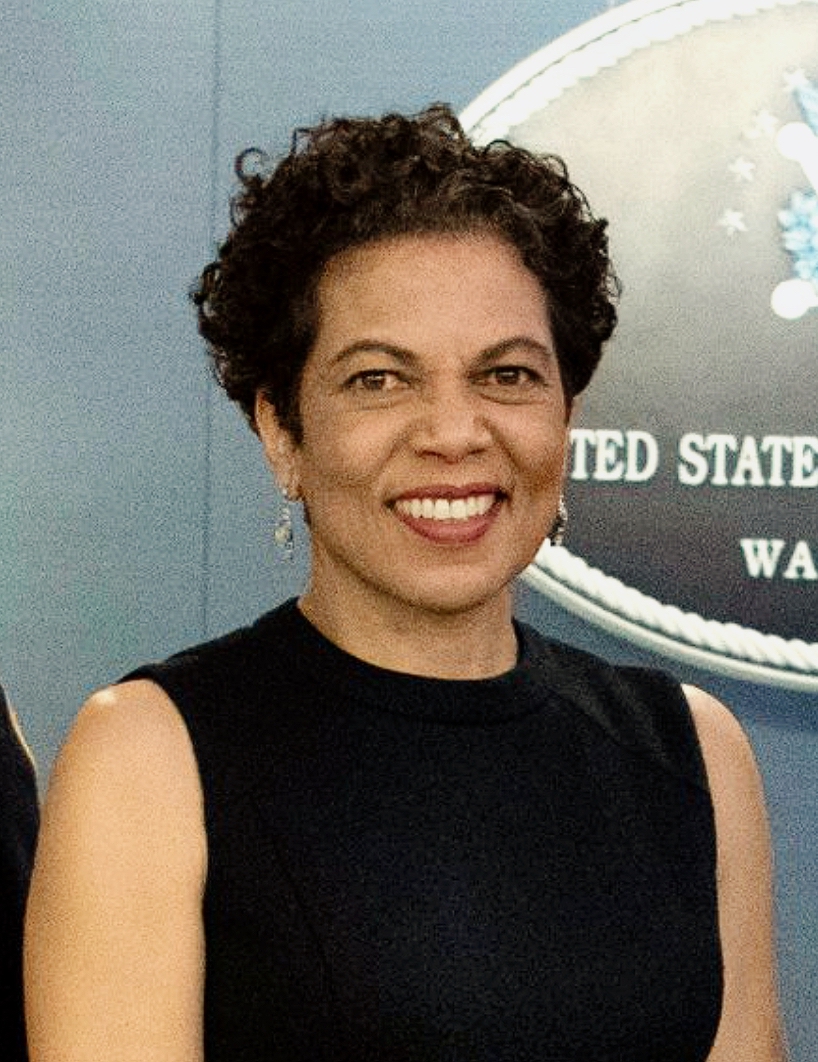Where Things Stand on Broadcasting the Trump Trial in D.C. Federal Court
By Olivia Rae Okun-Dubitsky, FTC intern
On Oct. 13, the D.C. District Court announced it will livestream the election obstruction case against former president Donald Trump…only to the select few who shove their way into a public viewing overflow room.
The court issued relatively standard rules for members of the media, including a first-come, first-served seating arrangement and a directive to turn electronic devices off in court — with a note that those with a “long-term media room pass” will get priority access.
Where this announcement gets more divisive is the lack of livestreaming to the public. You can’t watch live from home. You can’t listen live from the office.
Of course, the courtroom is already outfitted to livestream, but that’s to no avail.
Thankfully, media groups are fighting back.
A motion from dozens of major media companies and membership associations asking for a livestream — or at least for the proceedings to be posted on YouTube at the end of each day of the trial — remains pending before the court.
They argue: “For [Trump’s] benefit, and that of the Court and the public, real-time audiovisual coverage will be a critical step in stemming false conspiracy theories across the entire spectrum of public opinion, regardless of the trial’s outcome.”
The same coalition also wrote to the Judicial Conference request it “revise Rule 53 of the Criminal Rules of Procedure to permit broadcasting of criminal proceedings or to at least create an ‘extraordinary case’ exception to the prohibition on broadcasting.”
Rule 53 prohibits broadcasting “from the courtroom,” but the coalition argues that livestreaming it on the news or posting footage to YouTube after the fact would be a viable workaround, as that isn’t broadcasting from the courtroom itself.

In a separate court filing, which as of today (Oct. 24) has been consolidated with the first one, NBC News President Rebecca Blumenstein argues that the trial proceedings should be recorded if only for historical posterity.
She writes, “It would be a great loss if future generations of Americans were forever deprived of being able to access and view the events of this trial even years after the verdict, which would immeasurably improve the ability of future journalists and historians to retell accurately and meaningfully analyze this unique chapter of American history.”
Here’s what will happen next: The Justice Department, which opposes livestreaming, has a brief due on Nov. 3, followed by the media groups’ reply briefs being due on Nov. 17. Judge Chutkan (above right) will rule on the motions after that.
Beyond the Trump case, livestreaming should be available because justice shouldn’t be doled out behind closed doors. That’s why Fix the Court worked with a similar media coalition asking the Judicial Conference to change Rule 53 in Aug. 2023.
While the recent advisory from the D.C. District is a setback, the trial isn’t until March of next year, so there’s still hope for Judge Chutkan or the Judicial Conference — of its own volition or compelled by public or congressional outcry — to make the right decision.